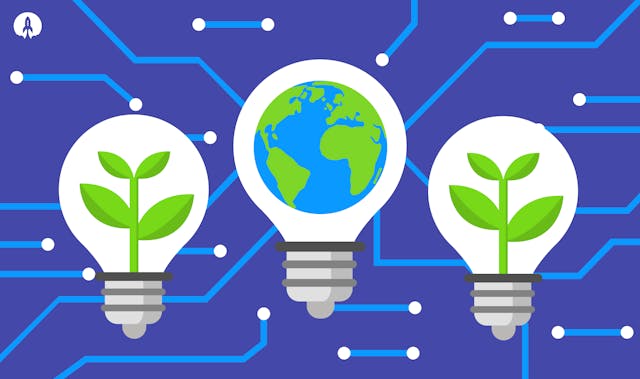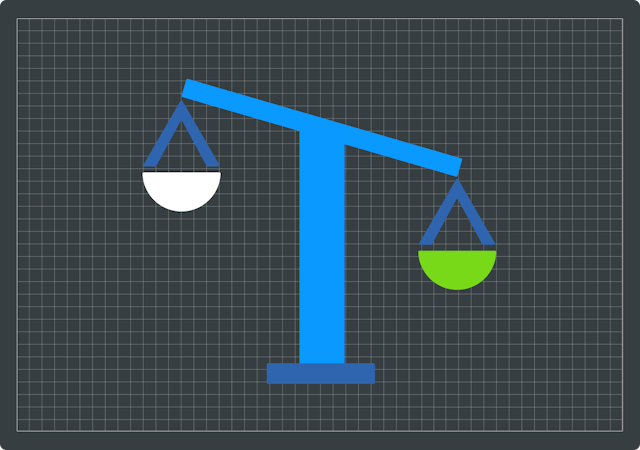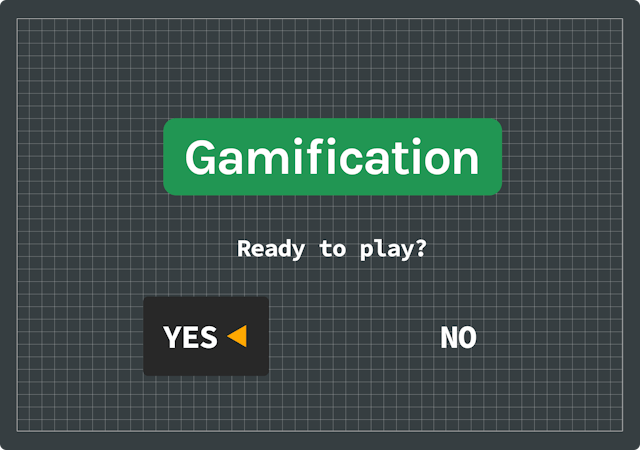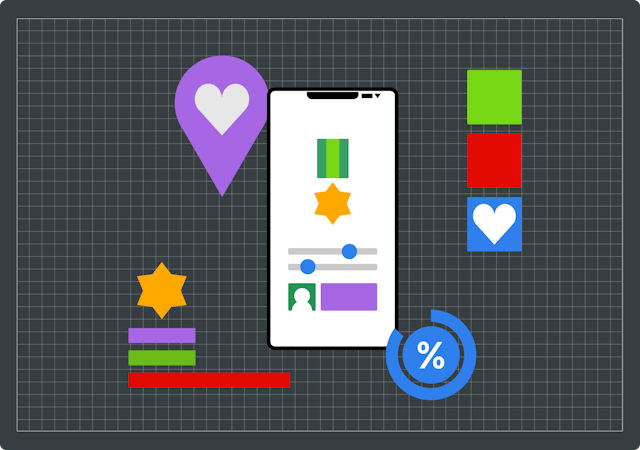Human-centred design at Rocketmakers

Phil Mower at Rocketmakers caught up with Anthropology and Technology Conference 2020 to discuss user-centred design. Rocketmakers design, develop and deliver innovative technology for ambitious companies that are working towards a positive impact whether for people or for the planet. In 2018, we received the Queen’s Award for Enterprise: Innovation Winner. We’re delighted to have come onboard as a sponsor for the 2020 conference.
Hey Phil, thanks for taking the time to talk with us. You’re head of user experience design there, right? Tell us what Rocketmakers do.
Hello! Yep, that’s right. We build award-winning digital products for companies of all shapes and sizes using a lean, human-centric design approach that lets us build the right product and get it to market fast.
What does anthropology and technology and mean to you?
Anthropology is of course the study of humans and human behaviour (thanks Wikipedia!). So for me the very reason UX exists is to form the link between understanding that behaviour and exploiting technology to help enrich our users’ lives.
Advances in technology let us create new product categories (like AR and VR), or build existing ones faster — or in ways that were previously thought impossible. I’ve always believed that technology is a means to an end, a tool to help us change the world that we live in.
It’s also extremely important to remember that every ‘end user’ is also a human being. People often use technology while dashing for a train, or while on a five-minute coffee break. The human context in which a product will be used should always be considered when we start designing something.
What does the design function look like at Rocketmakers?
When Rocketmakers started out as a software development agency over a decade ago, a designer was one of the first full time hires we made. We’ve always valued the importance of design in the software development process, which I think was pretty unique back then. We now have a relatively small team of designers at Rocketmakers, with an even split of UX and visual design expertise. We are looking to grow that team significantly in the coming months, and broaden our design offerings. So it’s a really exciting time to be on the design team for sure!
A typical week for me might start with a workshop for a new project — digging into what problem that product is trying to solve, and who it’s trying to solve it for. After that I’d either be producing wireframes, or prototypes to talk through with clients, or to test out with users.
It’s also extremely important to remember that every ‘end user’ is also a human being. People often use technology while dashing for a train, or while on a five-minute coffee break. The human context in which a product will be used should always be considered when we start designing something.
What kind of variety of projects do you work on?
One of the best aspects of working here is the huge variety of stuff we get to work on, in terms of industry, approach and size.
I typically work on anywhere up to three projects at the same time, so I’d also be working closely with our development teams to help deliver those ongoing projects and making any last minute design changes as the product matures.
I’ve worked on everything from an app for a small startup trying to make tipping fairer, through to the first app-only renewable energy company in the UK, to the medical records system used by many of our elite Olympic athletes.
What proportion of Rocketmakers projects have an aspect of human-centred design built into them?
Constantly thinking about, and engaging with the end user is at the core of any design discipline, so every project we work on has some degree of human-centric design.
It’s important with the variety of project sizes and budgets we see at Rocketmakers that we’re able to scale our research and testing activities to fit with each client’s needs. We often have to be selective about what we test, and pick the activities that yield the most valuable insights for the budget available.
The good news is design doesn’t finish when the product starts getting built, or even once it goes to market. In fact you can often learn a lot more by getting a lean, well-crafted minimum viable product (MVP) to market quickly, as long as you constantly communicate with your users and are open to building a relationship with them.
Let’s look at one example, what’s been your favourite design focused project recently? Who was it for and what was the goal?
This is an easy one — we were recently very lucky to be able to work on a project with Aldridge Education to help their students keep track of developing their entrepreneurial skills which are taught alongside the regular curriculum.
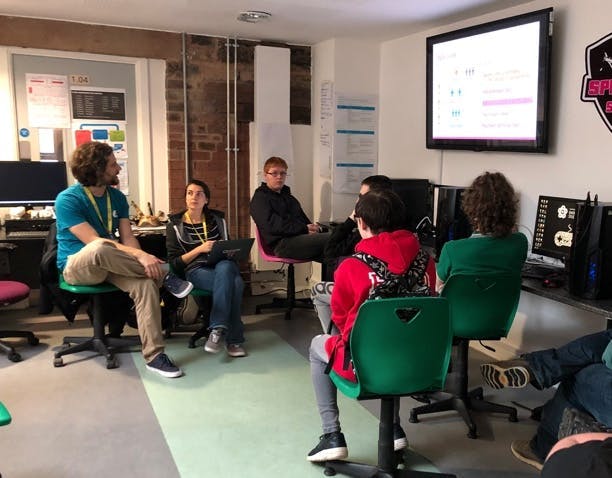
Aldridge is a multi-academy trust, with schools typically in the more economically deprived areas of the country. So this was a wonderful opportunity to not only design something really cool for young people across a wide age bracket, but also hopefully make a big difference to their lives.
It was a wonderful opportunity to not only design something really cool for young people…but also hopefully make a big difference to their lives.
How did human-centred design play a core part in the project? What did the process look and feel like?
This project was every designer’s dream. We had an incredibly open brief from Aldridge which meant we could really get creative. But this also meant that we really had to get our head around exactly what they wanted, and understand from students what problems they had with the current paper-based system.
Two challenges quickly became apparent. First, how can we track students’ progress towards demonstrating these entrepreneurial attributes, and second how can we navigate the variety of interpretations of the attributes across different schools. It became clear that reintroducing these attributes in an engaging way would also need to form part of the product.
Thinking about these entrepreneurial skills, and how they might help when applying for an apprenticeship, university or a job is something that young people only typically start to think about towards the end of their formal education. Aldridge believes that it’s important for students to begin developing these skills as soon as they start secondary school. So incentivising students to invest in these skills, when the benefit seems impossibly far in the future, was the key to making this product a success.
By researching what products the students were already using on a daily basis, we were able to employ two different positive habit-forming techniques commonly found in video games.
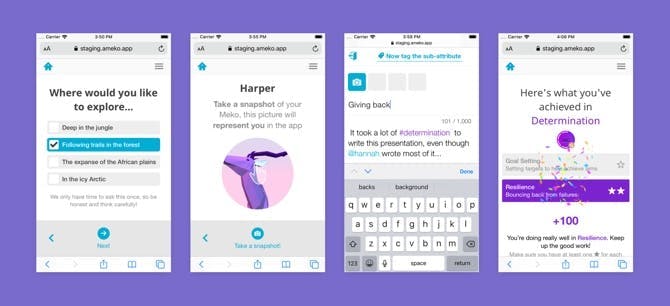
First, we asked the students to create an animal avatar of themselves, the idea being they get points every time they engage with the product, which translates into how happy that animal appears. Students were able to exchange points for elements to help decorate their animal’s habitat. This was another key insight we got from our research: customisation and the feeling of individuality is extremely important.
Second, we introduced an element of competition by letting students see how their year and tutor groups were performing against others in their school, which really resonated with their competitive nature.
What kind of response did you get from the users?
Good and bad, young people can be brutally honest! I can also tell you that while in groups, Year 9 students are unequivocally the coolest people in the universe, and nothing will impress them (except perhaps Fortnite).
However, after meeting some of the same individuals over a period of a few months, you do start to build a relationship where that brutal honesty is actually a breath of fresh air. We also found that the students were able to understand what we were doing and contribute their own suggestions on how the product might work.
The teacher we’ve worked with most closely throughout the design process has told us that the students that helped us with our research want to engage with the app far more, as they have such a sense of ownership through having helped to create it.
You do start to build a relationship with the students…they were able to understand what we were doing and contribute their own suggestions on how the product might work.
What impact has this project had on the users and their community?
Honestly, it’s early days yet! Students are definitely using it on a regular basis, but it could be a while until we get any meaningful measurement on what impact it’s had.
We have heard from teaching staff that the students really enjoy using it which is always nice to hear! It’s also given students a really good view of the development and testing process, which has the added benefit of expanding their career aspirations.
What would you have done differently if you’d done this project again?
We would have loved to have done even more research and testing, particularly with the students. But with a strict delivery schedule coinciding with the end of the summer holidays, it was important that we had something ready for their return to school.
Fortunately the best testing you can do is to get your product out in the wild as soon as you can. You’ll gain a huge volume of valuable insights by doing this, more than you ever can in laboratory-like testing conditions. We’re monitoring the uptake of the product as it’s rolled out across schools nationally, and relish the chance to work with Aldridge again on future updates.
And lastly, why is Rocketmakers sponsoring the 2020 Anthropology + Technology conference?
It is so apt that the Anthropology + Technology conference should be founded in Bristol. The region of Bristol and Bath is known for the creative collision of technology and human behaviour — whether Open Bionics and their 3D printed prosthetic limbs, Ultraleap and their virtual touch technology, or us at Rocketmakers. We started out as a software development agency over a decade ago and a designer was one of the first full time hires that we made. Now, 10+ years on our working practices revolve around the effective, iterative integration of user feedback, design and development so we’re really looking forward to expanding our knowledge at the conference in October.
Thanks Phil, it was great to e-meet you and hear about what you do at Rocketmakers. We look forward to meeting you (virtually!) at the conference in October!
This interview was first published on anthtechconf.co.uk, click here to visit.
At Rocketmakers we leverage our experience to build innovative software for companies of all sizes. If you have a vision for a project and you need a technical partner to help you design, develop and deploy it, get in touch: firstcontact@rocketmakers.com
